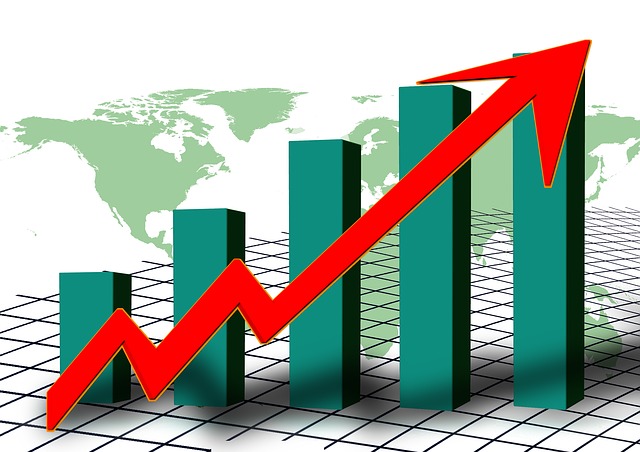NN IP: Rapid rebound in emerging market growth relative to developed markets

By Maarten-Jan Bakkum, Senior Emerging Markets Strategist at NN Investment Partners
The rapid rebound in emerging market growth relative to developed markets is among the most remarkable recent trends. Not so long ago, only China was recovering well among emerging markets. Now, those countries that were hit hard by the pandemic during the spring and summer are also on the road to recovery. The broadening of the recovery is particularly visible in highfrequency data. Monthly indicators have also started to improve.
Our proprietary EM growth momentum indicator clearly reflects this trend, having bounced back sharply since May. Given strong high-frequency data in countries such as India, Brazil and South Africa, we can be fairly confident that our growth momentum indicator will continue improving. A level of 1.5 out of a maximum of 3.0 would mean that 75% of all cyclical indicators we track for the 22 main emerging economies are improving on a 3-month basis.
The services sector continues to lag the goods sector in emerging markets, just as in the US and Europe. The perceived uncertainty about health and lingering mobility restrictions are still frustrating the recovery in travel, leisure and restaurants. Even in China, which has completely contained the pandemic, activity in the services sector has not yet fully recovered.
From the sharp recent improvement in the EM economic surprise indicator relative to DM, we deduce that the EM growth recovery has caught most investors by surprise. The rapid normalization of Chinese economic activity has been widely flagged, but the recovery elsewhere has been underestimated. So what explains the better-than-expected EM growth revival?
We think three factors play an important role. First, the EM demand collapse in spring and early summer was much deeper than in DM, due to poor containment of the virus and a smaller and later fiscal stimulus response. So where authorities in the US and Europe lifted their lockdowns from May onwards, most emerging countries did not ease restrictions until July.
Second, as EM mobility started normalizing about two months later than in DM, the EM recovery gained momentum just when infection numbers began increasing again in Europe. The rapid growth in daily infections in Europe and in the US has forced governments to reintroduce lockdowns. This is now significantly impacting economic growth again, particularly in the services sector. Most European services PMIs already returned to contractionary territory in September and they will fall further in the coming months.
The US will likely exhibit the same pattern if the recent trend in daily infection growth continues. For now, the majority of emerging countries are in the opposite situation, most prominently India and Brazil. This explains much of the improvement in relative EM-DM growth momentum.
The third explanation of the recent EM growth outperformance is the strength of the Chinese economy, its positive impact on EM intermediate and commodity exports and the overall strength of the rebound in global goods trade. The latter is attributable to the Chinese recovery and to the strong demand for IT-related goods, which the working-from-home and digitalization trends are magnifying.
So where higher commodity prices, largely linked to Chinese infrastructure investments, are boosting Chilean exports, the strong tailwinds for global IT are lifting Taiwanese exports. In September, both Chilean and Taiwanese year-on-year export growth were back in positive territory, at 4% and 9%, respectively.
The EM growth recovery has been broadening out in recent months and is no longer limited to China. Still, several EM countries are lagging, primarily those that continue to struggle with the virus and those where widening macro imbalances have caused a new confidence crisis and a tightening of economic policies.
The former category mostly consists of Eastern European countries at present, while Turkey and Argentina are the best examples of the latter. The other countries most at risk of an economic setback in the medium term are Brazil and South Africa, which will both need to take bold decisions to return fiscal policies to a sustainable path.










